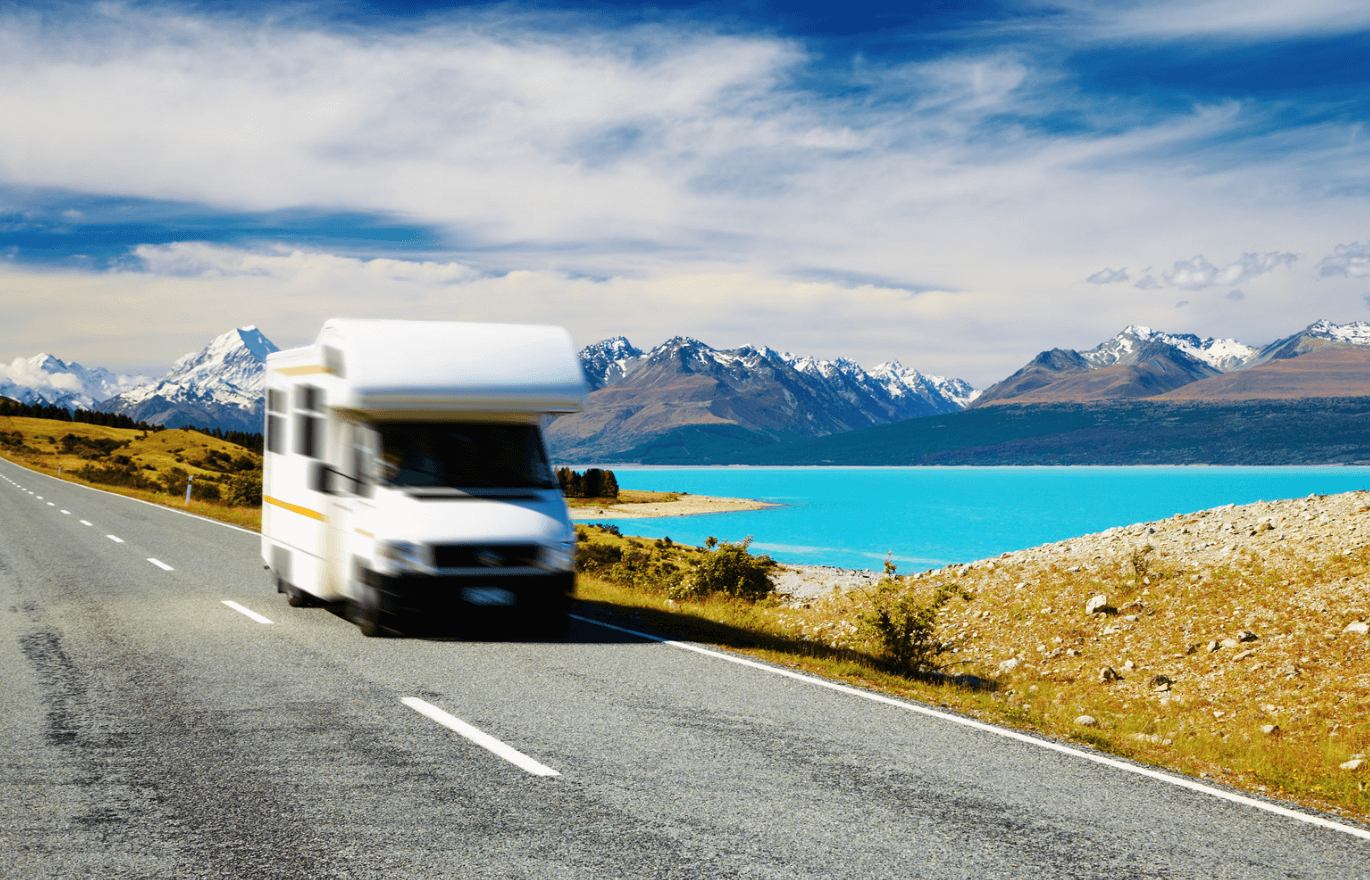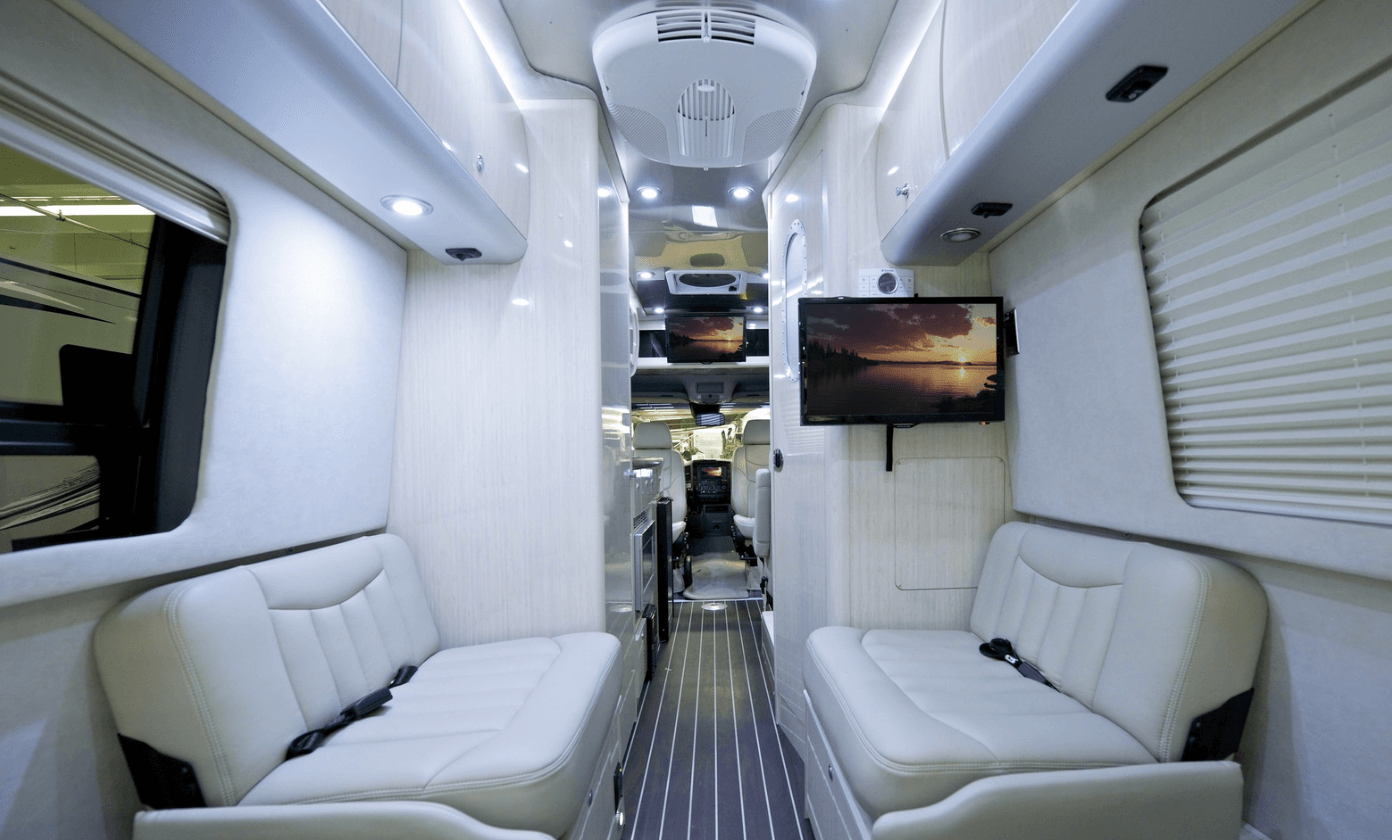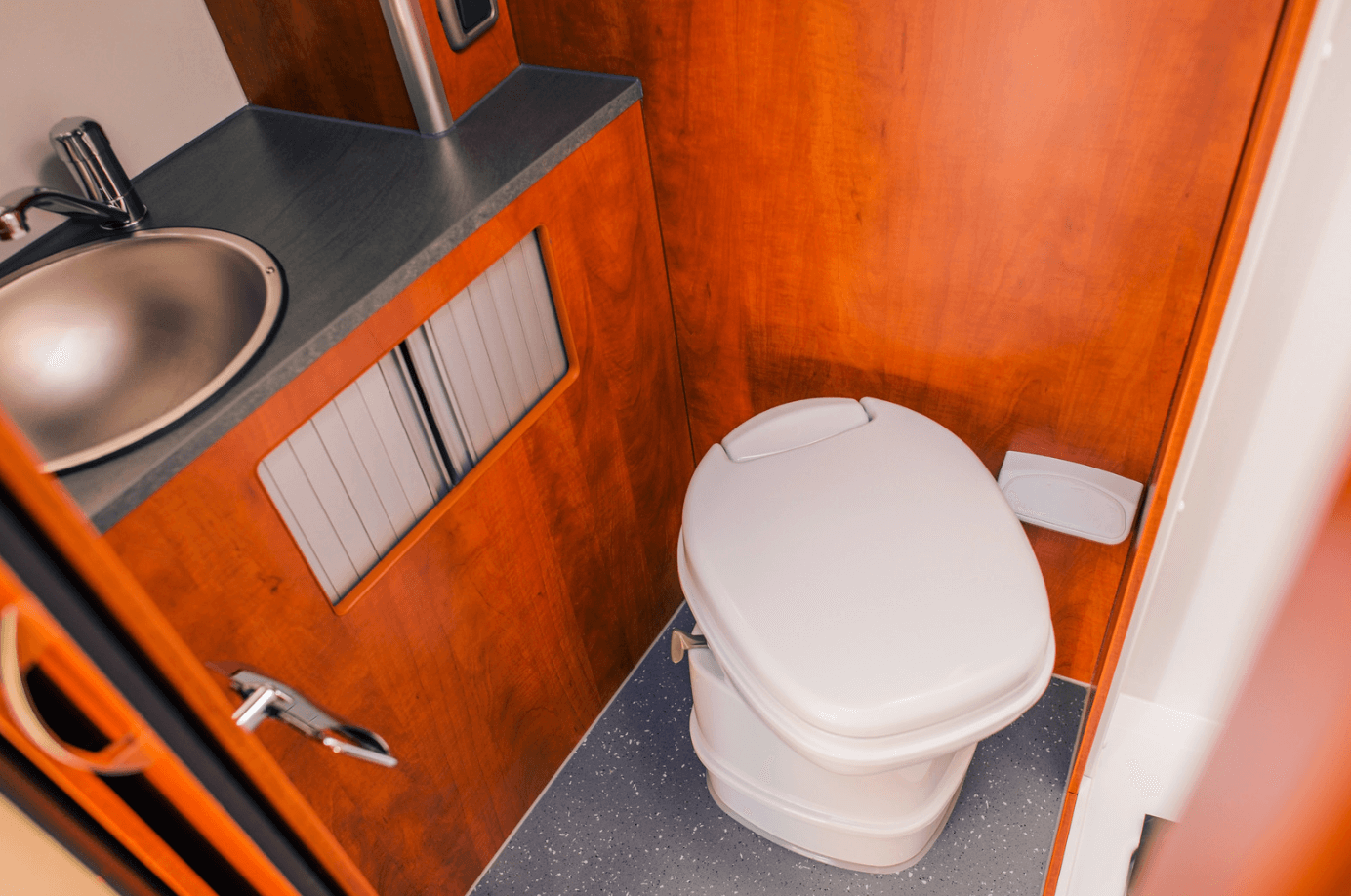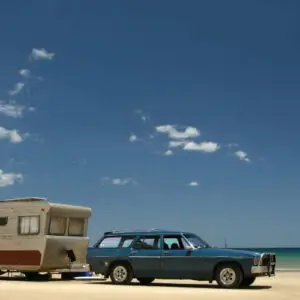Buying a motorhome can be an exciting experience. To have your own house on wheels which gives you the freedom to explore the places unknown and travel at your whim, can be extremely liberating and gratifying.
While we encourage making full use of your motorhome to explore and travel to your heart’s content, we would also implore you to adhere to all kinds of legal aspects associated with driving in your motorhome.
This article addresses various critical aspects you must consider when you are on the road in a motorhome.
Before we take this any further, it is important to realise that your motorhome may look and feel like a small house where you can sleep and eat and enjoy yourself; it is nevertheless a vehicle that uses the same road that other traffic makes use of.
Hence, you must practice caution and ensure you adhere to the laws defined by the state.
So, without any further ado, let’s get started and learn what you can and cannot do while driving your motorhome.
Can You Move Around In A Moving Motorhome?
Motorhomes offer a lot of room and space, and naturally, you would be tempted to get up from your seat and move for one reason. It could be anything from wanting to get a snack, using the toilet, or simply wondering if you can sit in the back of a moving motorhome.
So, what do you do in this scenario? Do you patiently wait for the motorhome to stop or do what you want to do while your RV is still moving?
In this instance, you must not only consider the legal aspects of the situation but also address the safety concerns. For your own safety and others on the road, it is pertinent to follow the safety rules established for vehicle movements.
Let’s consider the speed limits. The speed limit would vary depending on the motorhome’s size and weight. Thus you need to make sure what you can or cannot do.
For instance, a motorhome weighing less than 3500kg can follow the same speed limit for a car, i.e., on a single carriageway, it would be 60mph, and on a dual carriageway, it would be 70mph in most instances.
If you are on the motorway and driving a motorhome that weighs over 3050kg but is less than 12m in length, you can take it at 70mph. If your vehicle is heavier, you must keep it under 50mph on a single carriageway and 60mph on a dual carriageway.
That being said, the rules of safety still apply. By law, when you are driving in the UK, you are required to remain in the seat when the motorhome is on the move.
It also makes sense from a safety point of view. For instance, if you are moving around and the driver hits the brakes suddenly, you can fall. Depending on the speed and the circumstances, you could be seriously injured. If the motorhome’s direction or speed changes suddenly, a force is imposed on the motorhome.
Imagine when a car suddenly takes a sharp turn or comes to a stop; we often tend to drop things in our lap or hands, our phones in most cases. That could be you inside the motorhome.
Do You Need To Wear A Seatbelt In A Motorhome?
The UK law dictates that all passengers must use seatbelts in a driving situation. This mostly applies to the driver and the individual in the front driving seat. If you have children on board and a stature less than 1.50m, you must ensure that they are secured via a restraint system appropriate for their age.
The restraint system must also bear a stamp of approval per the regulations defined by your local vehicle authority.
If you do not use seat belts or a child restraining system, you may be subjected to a fine that could go up to £300 and even more. In some instances, your driving license may also be suspended. So, if you want to avoid these penalties, it is better to respect the law.
While the laws may not out rightly state that passengers must not move around, the requirement to wear seatbelts in a moving motorhome reflects the prohibition on movement in a moving motorhome.
Many consider it not dangerous to travel without seatbelts at the back of the motorhome, but the law does not only require you, but you must also do it for your safety and the safety of the others in the motorhome.
To ensure your safety and adherence to laws, you must ensure that the passengers occupy the seats in the cabin and remain seated in the designated seats when on the road. Fasten the seatbelts and do not exceed the number of seats that are allowed for passengers.
Can You Use The Bathroom Or Toilet In A Moving Motorhome?
Travelling in motorhomes usually involves covering long distances and being out on the road for longer distances. Thus you may have to use the bathroom or toilet as well.
The good news is that while the law does not allow you to go about other activities, including movement, you can use toilet facilities when the motorhome is moving. If you are driving in a class A, B, or C motorhome, you can use the bathroom.
However, toilets in motorhomes are different from those in our homes. If you need to use the toilet flush system, you may have to turn on the water pump, which requires a little power, but you will likely not need to turn on the generator.
That being said, it is better to be safe, use the bathroom only when necessary, and return to your seat as soon as you are done. There is a reason why motorhomes are equipped with seatbelts. So make sure you only leave your seat for necessary things.
Activities like showers can wait until you stop during the trip.
Can I Sleep In A Moving Motorhome?
Most passengers do not think much of it and consider it normal to sleep in the motorhome, even when it is moving. However, in reality, it is quite dangerous to sleep in a moving motorhome.
Particularly if the vehicle has a design with drop-down beds or bunkers. If the latch of the lower bed is not secured properly, you can be thrown out if the vehicle comes to a sudden halt. These drop-down beds also occupy a lot of space from the driver’s cabin when lowered.
So, if you want to sleep, it is better to find an overnight motorhome parking spot and rest there for the night.
If you are on the motorway, you can stop at service areas or parking lots and stay there for a maximum of 24 hours. There are also free parking areas in other areas where you can park your vehicle and rest.






